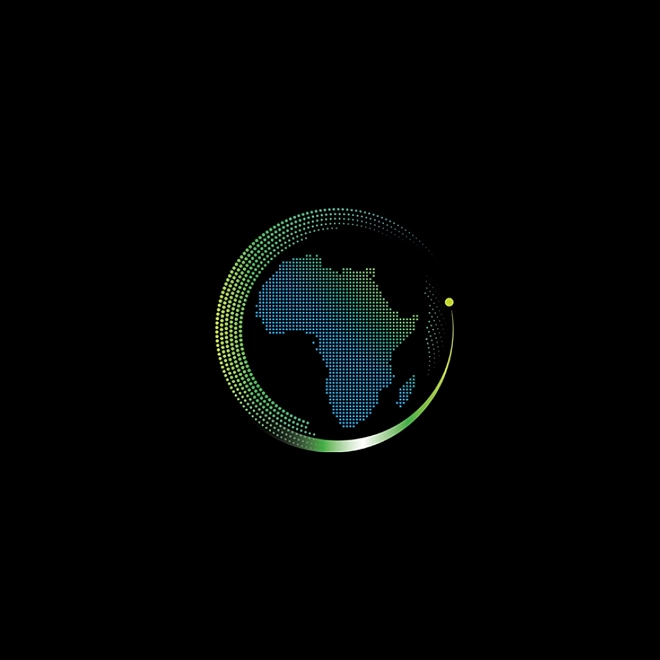Five steps towards building the tax function of tomorrow—today
In a world of globalisation, digitisation and social transformation, tax as a function can no longer watch from the sidelines. Gone are the days when tax leaders could focus on retrospective tax calculations and rough projections. That’s according to professional services firm, Deloitte, which says many organisations are beginning to understand the need to be tech-savvy, data-driven, and predictive.
That’s according to professional services firm, Deloitte, which says many organisations are beginning to understand the need to be tech-savvy, data-driven, and predictive.
Drawing on its extensive experience of working with tax authorities and tax leaders around the world, Deloitte has compiled a report titled “Building the tax function of tomorrow—today” which shines a spotlight on new technologies and offers some practical steps to help tax and finance leaders envision their road map to the tax function of tomorrow.
The report identifies three distinct pressures facing businesses and, more specifically, their tax functions: the digitisation of business, the evolution of tax authorities, and the continued demand for efficiency in the back office.
According to Mark Freer, Digital Transformation Leader for Deloitte Africa Tax & Legal “these three pressures are as applicable in Africa as they are in other jurisdictions”.
Pressure on the tax function may be rising, but the good news, according to Deloitte, is that recent technological advancements are enabling new solutions. In fact, tools and technologies are already forming the foundation stones and characteristics of tomorrow’s tax function.
Against this background, the report suggests five steps that tax and finance leaders could be taking today in order to better prepare the function for tomorrow.
Click here to read the full report.

